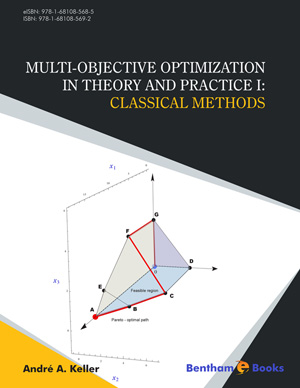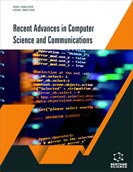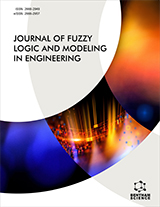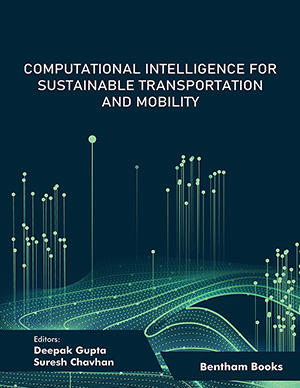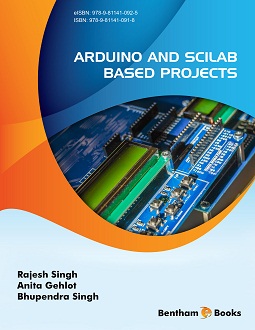Abstract
Real-world problems may require large-scale systems with particular features. Thus, water resource systems (WRS) can be described by large-size multi-objective optimization systems. The main characteristics of such systems are notably their large scale with mixed-integer decision variables and the multiplicity of objectives. Adapted methods for solving such systems are required. The generalized Benders decomposition and branch-and-bound techniques are such efficient methods. Suppose a MOO problem for which we can have an equivalent parametric pMINLP. A decomposition-based algorithm describes an iterative process where subproblems interact with a master problem. Suppose a SOO programming problem. Using a GBD algorithm will generate an upper bound and a lower bound of the solution at each iteration step. A primal NLP subproblem provides information about the upper bounds and Lagrange multipliers. Next, the master ILP problem calculates the new set of lower bounds. In this study, the Benders decomposition method is used for solving single objective and multi-objective MINLP problems.
Keywords: Benders decomposition, Branch-and-bound, Cutting-plane method, Discrete variable, GBD algorithm, Duality theory, Generalized cross decomposition, Inner approximation, Integrality constraint, Lagrangian relaxation, Lagrange decomposition, Lagrange multipliers, Master problem, MINLP problem, Mixed- Integer linear programming, NLP problem, Outer approximation, Parametric MINLP, Primal problem, Separable function.


